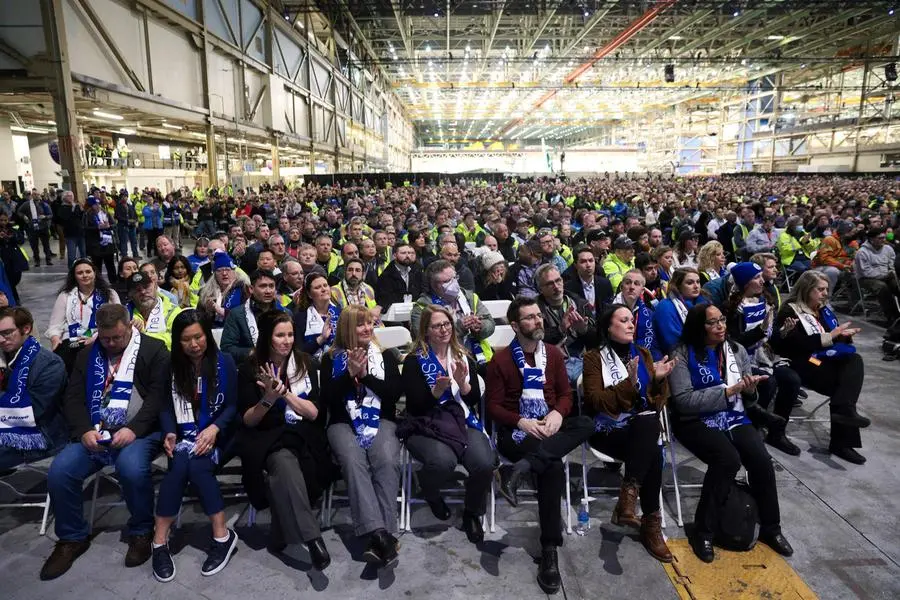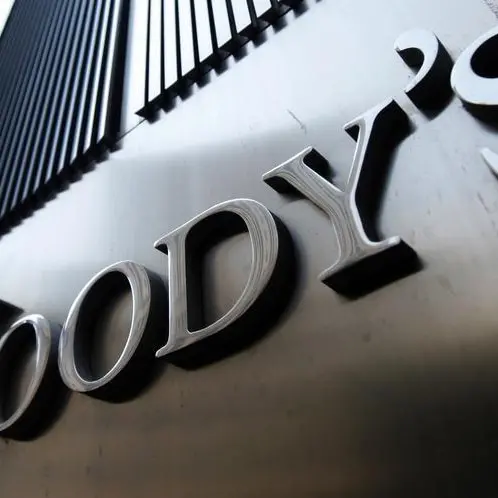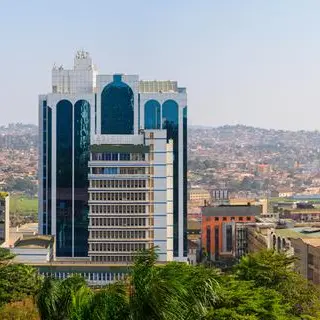PHOTO
Boeing marked its final commercial delivery of the 747, "the Queen of the Skies" on Tuesday at a ceremony commemorating an aircraft that democratized flying and serves US presidents.
Thousands of current and former employees, celebrities and aviation industry brass converged on Boeing's plant in Everett, Washington, in the Northwestern part of the United States, a factory built for the assembly of the original "jumbo jet."
The existing fleet of planes are expected to fly for decades more, but in ceasing 747 production more than 50 years after the aircraft's first flight, Boeing is closing a chapter in the history of civil aviation.
John Diedrich, chief executive of Atlas Air, the cargo airline that purchased the final plane in the line, saluted the 747 as "the biggest, baddest commercial aircraft that's flying out there."
The celebration recounted the jet's origins, setting its decades-long evolution to popular music and video footage.
Others who spoke included top executives with Lufthansa Airlines, engine maker Pratt & Whitney and the actor John Travolta, who is certified as a pilot for the 747.
The jet has a unique legacy with a significance to aviation that is difficult to overstate.
The plane's size, flying range and efficacy "made it possible for the middle class to travel outside Europe or the United States at an affordable price, even during the energy shocks of the 1970s," said Michel Merluzeau, director of aerospace and defense analysis at AIR consultancy.
"It opened up the world," Merluzeau said.
Boeing built 1,574 747s in all. But the jet has over time been eclipsed by newer models that fly more efficiently and burn less fuel.
Commercial airlines in the United States have not flown the 747 since 2017.
- Biggest jet for decades -
The 747's origins date to the 1960s, a period when aviation was on the upswing and airports were becoming increasingly busy.
At the urging of Pan American Airways, Boeing began to plan for a jet that could carry significantly more passengers.
Engineers initially conceived of a plane with two fuselages, but dropped that idea due to concerns about evacuating passengers from a second level.
Instead of making the plane taller, the 747 was made wider, Michael Lombardi, Boeing's company historian, said of a jet that became the first designed with two aisles.
"This airplane will always be recognized as the queen of the sky," Lombardi said at a recent briefing with journalists.
The 747 runs on four engines and was conceived from the start as a plane that would also carry cargo.
But that imperative required other adjustments, including the need to raise the cockpit above the nose, leading to the 747's iconic "hump."
The 747 remained the biggest passenger plane until the arrival in the 2000s of the Airbus 380.
In the 1980s and 1990s, the 747 was "really the industry's workhorse," with countless trips between destinations like New York, Paris and London, said Merluzeau.
But the arrival of later generations of long-distance jets such as the Boeing 787 Dreamliner and the Airbus 350, which are more fuel efficient than the 747, have remade intercontinental travel, allowing for direct trips between more places and diminishing the dominance of hubs.
The newer planes "have changed flying to what we want, point to point," Lombardi said.
- Heavy hauling -
While Boeing has revamped the 747 more than once, "there are limits to what you can do compared with other options," said Merluzeau.
For the last incarnation of the jet, the 747-8, which was launched in 2005, Boeing sold 48 passenger jets and 107 for cargo.
While Boeing announced in 2020 it would end production of the 747, the legacy fleet is expected to fly for decades more, especially in the cargo sphere.
"The 747 really is unique in its utility for shipping large industrial pieces, like motors for ocean liners and larger oilfield equipment," said Merluzeau, noting the freighter's ability to move more than 130 tons.
The plane of US presidents since 1990, the 747 is also expected to keep up its official duties for the White House for the foreseeable future, with two Air Force One aircraft currently being modified to replace jets now working.





















